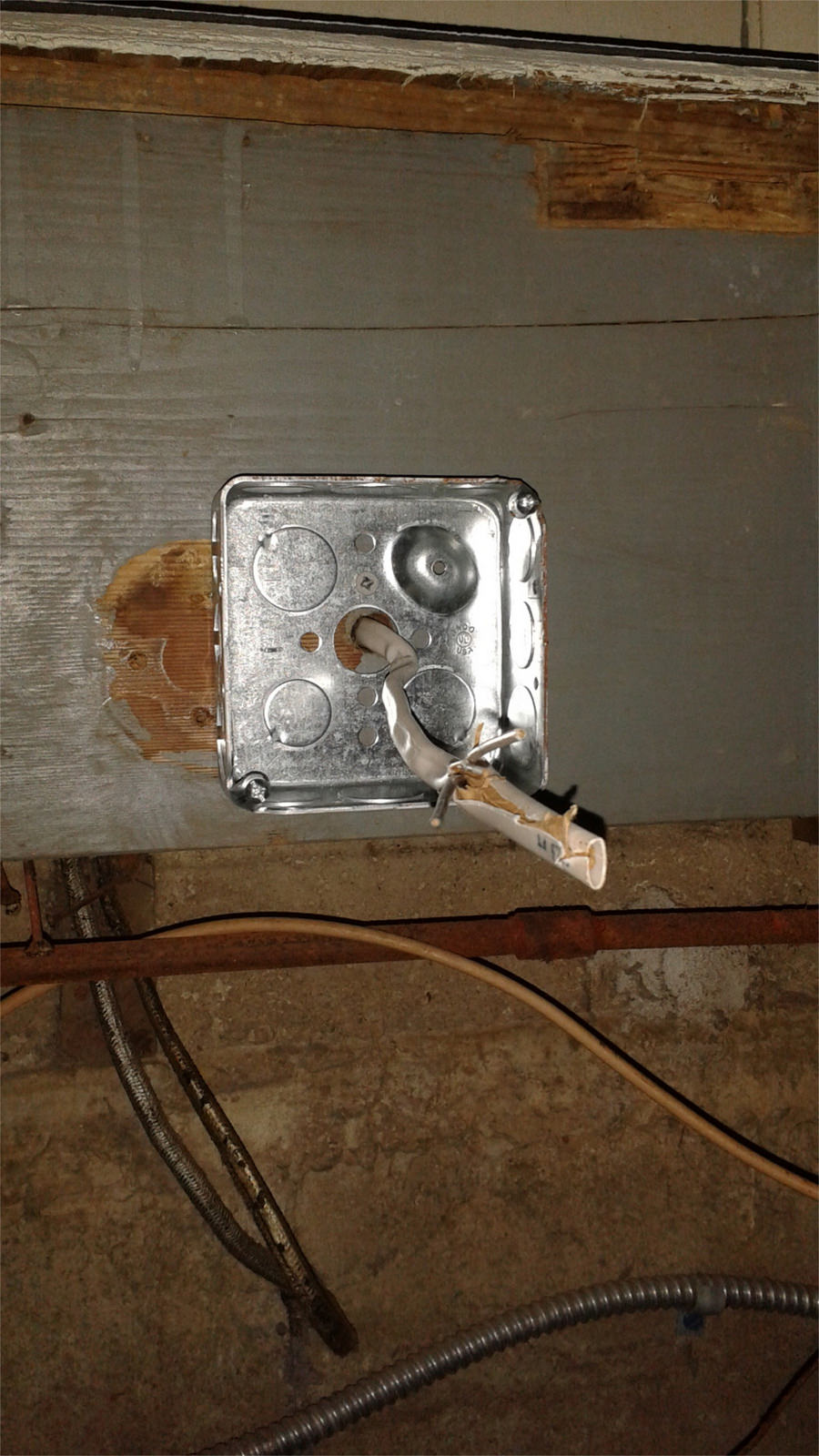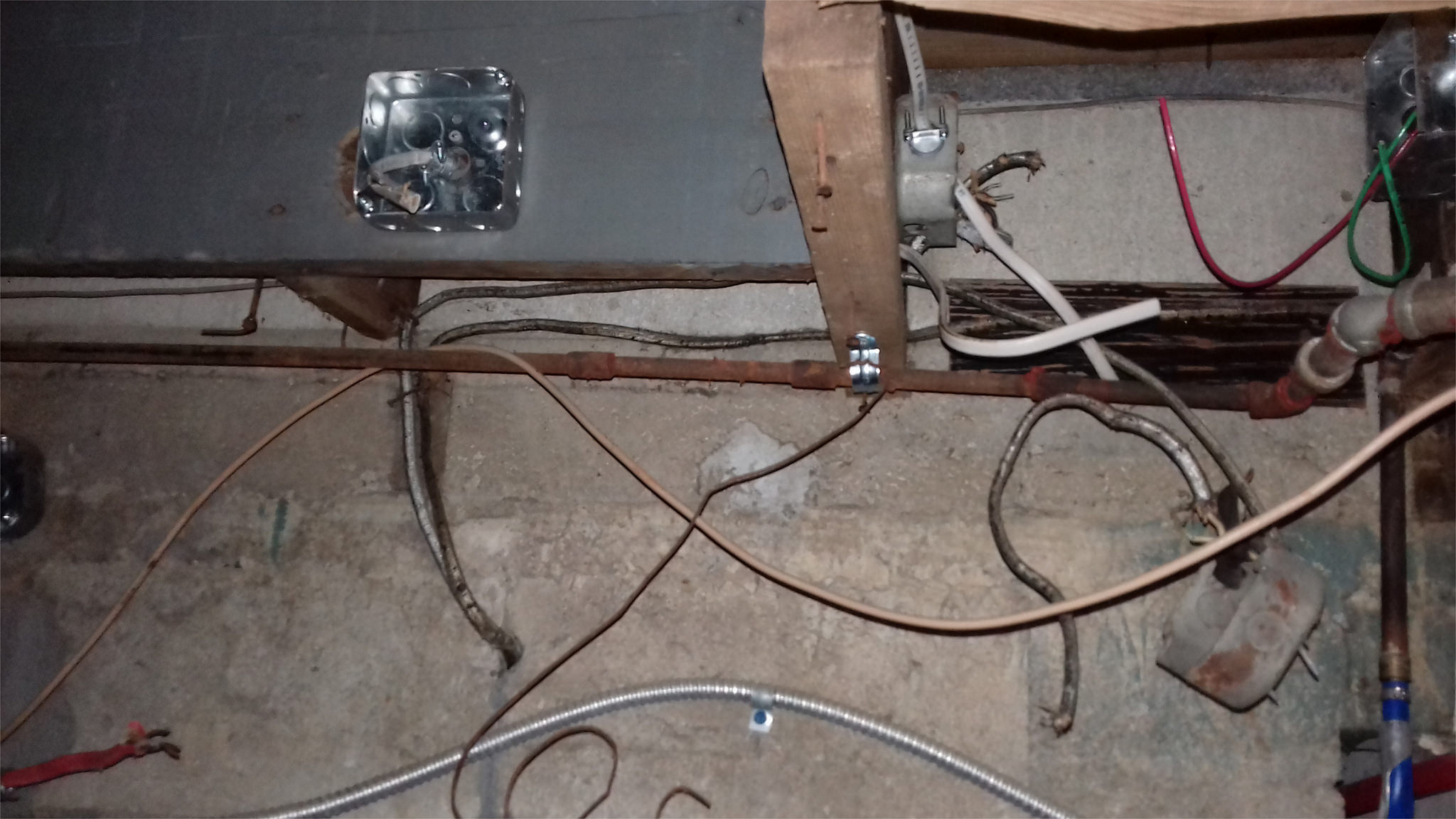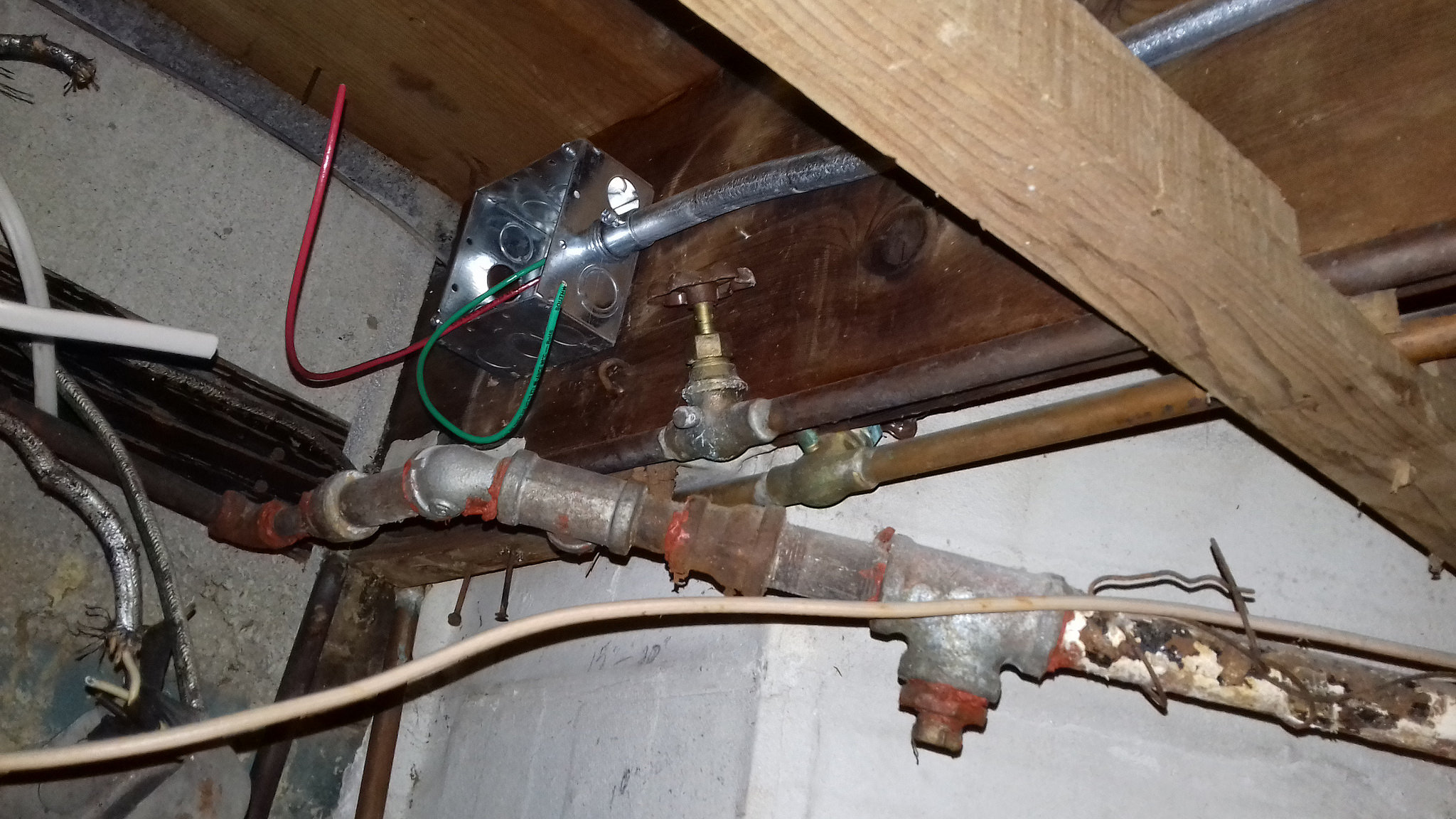Ok. But if someone were to remove that box on the other side, they could then pull the romex to the limits defined by the connection within, not the romex connector required.
Building codes are designed to protect you, from you.
First off, this is a work in progress; and this the very first stage of the install and by no means final (more of a preliminary). Code is the is the minimum bar to avoid very sloppy jobs. One could also pull the romex from a inside a conduit, and there is no retaining fitting with the use of the conduit; so some psycho could simply pull all the wires from the conduits from its ends. Non-sensical argument indeed. Far more relevant to protect the physical wiring throughout its routes.
One can only imagine that the retaining fitting is needed due to the fact that all extension wire are not in conduit 99% of the time and thus so much of each extension is exposed to hands and pulling hands all over the place. I have to check with the code to make that such a small section of romex travelling between the two side of the same wall require this retaining fitting since there are lots of exceptions in code for rules that otherwise would be clearly redundant and disconnected from reality
Nonetheless, more protection is always better; even in such a marginal way; and it only takes 5 minutes to bore a partial hole in order to add the retaining fitting
Last edited:







